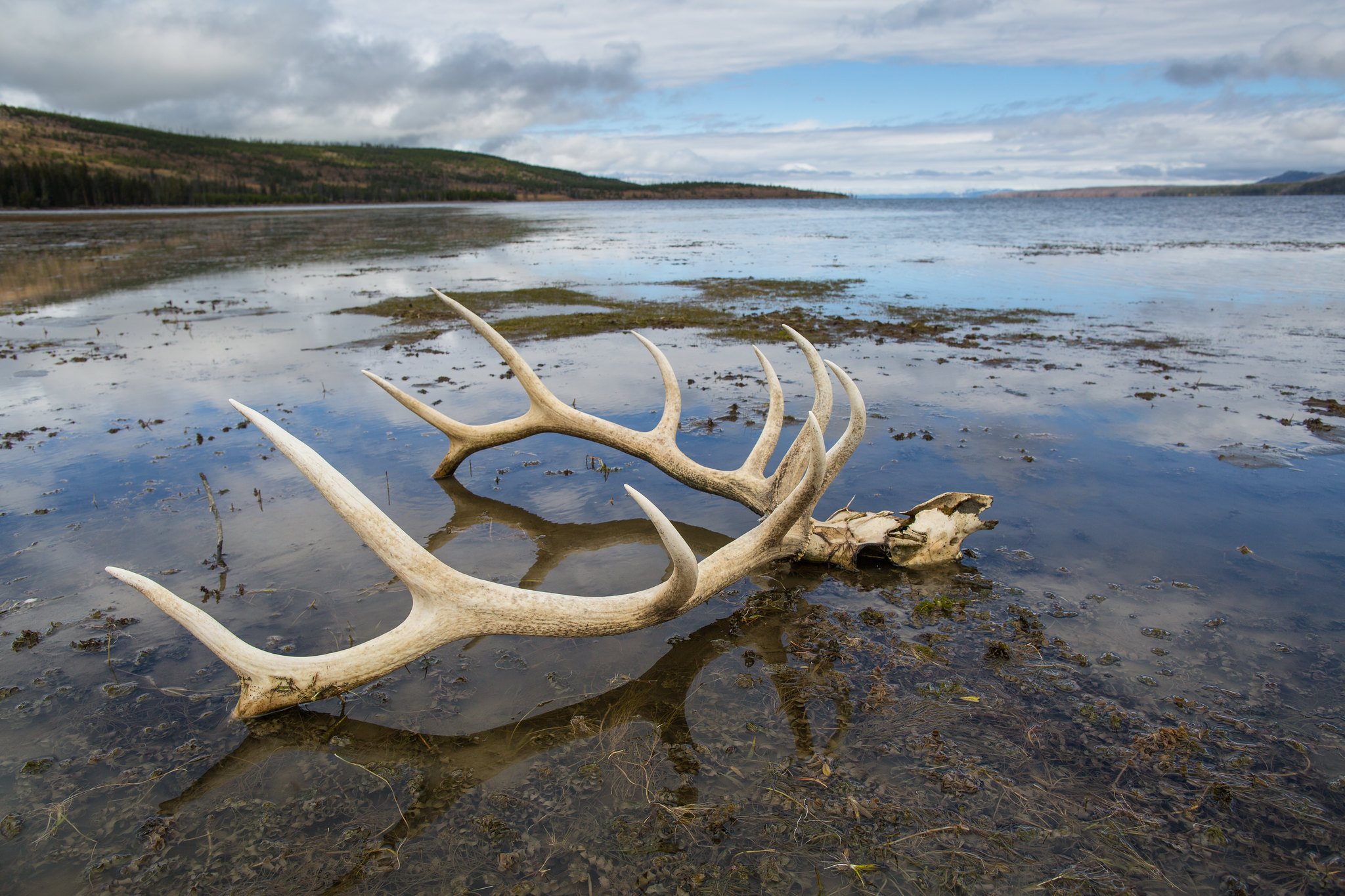Sources working closely with the Bureau of Land Management say a Biden-era rule that made conservation a legitimate use of BLM lands — putting it on par with grazing, mineral extraction, recreation, and other uses — has been put on the chopping block by the Trump administration. They say that by quietly filling an online rescission notice of the rule Tuesday the administration has signaled its intentions to kill the Conservation and Landscape Health Rule, also known as the Public Lands Rule, that was enacted in August under the Biden administration.
A BLM source who was only authorized to speak on background says the rescission of the Public Lands Rule was not yet official Wednesday. They say the timing of that official decision is unknown. The same rescission notice mentions another Biden-era rule that established stronger protections against drilling in the Western Arctic. Neither of these moves is unexpected, but they are a blow to the conservation community.
It is also unclear at this point whether the rule could be rescinded via executive order, or by the agency itself, even though the BLM is currently without a director or a deputy director and is still reeling from ongoing staff cuts. But conservation groups who’ve been closely following the administration’s moves around public lands say — as Max Greenberg at The Wilderness Society puts it — that the rule has effectively been “marked for death” after Tuesday’s notice.
“They are actively moving forward now with steps to revoke the rule,” says Michael Carroll, BLM campaign director at The Wilderness Society. “The question now is whether they will go through a public process to make sure the American people can comment on it … Or do they just go around the process and get rid of it.”
Read Next: Why Is the New BLM Rule So Controversial?
That public process was followed precisely according to regulations when the Public Lands Rule was made public and being discussed, Carroll points out. He says of the roughly 200,000 comments received by the BLM during the public comment period, roughly 92 percent of them were in support of the rule.
And although it faced an uphill battle in Congress, with many Republican lawmakers calling it another example of government overreach under Biden, the Public Lands Rule was celebrated by conservationists when it was implemented in August. By elevating conservation priorities alongside other traditional uses of BLM land, such as mining and grazing, and giving the BLM tools to better balance those uses, the rule represented a big step toward the agency’s long-held goal of actually managing its lands for multiple uses.
“The challenge with all of this is that since the establishment of the BLM, they have not had the regulations, or the conservation framework, in place to effectively do what we would refer to as real multiple use management. So you’ve seen an agency that has had basically its entire management history focused on prioritizing extraction over other uses,” Carroll tells Outdoor Life. “Having the Public Lands Rule in place gives all of those people who want to use these lands for hiking, fishing, hunting, camping, all of those things — it allows them to say, ‘Hey, there are regulations that actually can govern this land that put those values on equal footing with extraction.’”
Judging from recent executive orders, however, Carroll doubts that there will be much of an opportunity for public comment, if any, around the impending rescission of the Conservation and Landscape Health Rule.
Read Next: New Executive Order Aims to Make Mining the Primary Use of Public Lands at ‘As Many Sites As Possible’
One such order, issued exactly a week ago on April 9, calls for the repeal of unlawful regulations, including the “onerous regulations that impede” the administration’s top priorities of economic growth and American innovation. The executive order directs agency heads to “finalize rules without notice and comment” when necessary, and it allows federal agencies to “dispense with notice-and-comment rulemaking when that process would be impracticable, unnecessary, or contrary to the public interest.” This would be a major shift from the precedents set over the past few decades, including the public process that has long guided how public lands are managed.
Read the full article here
